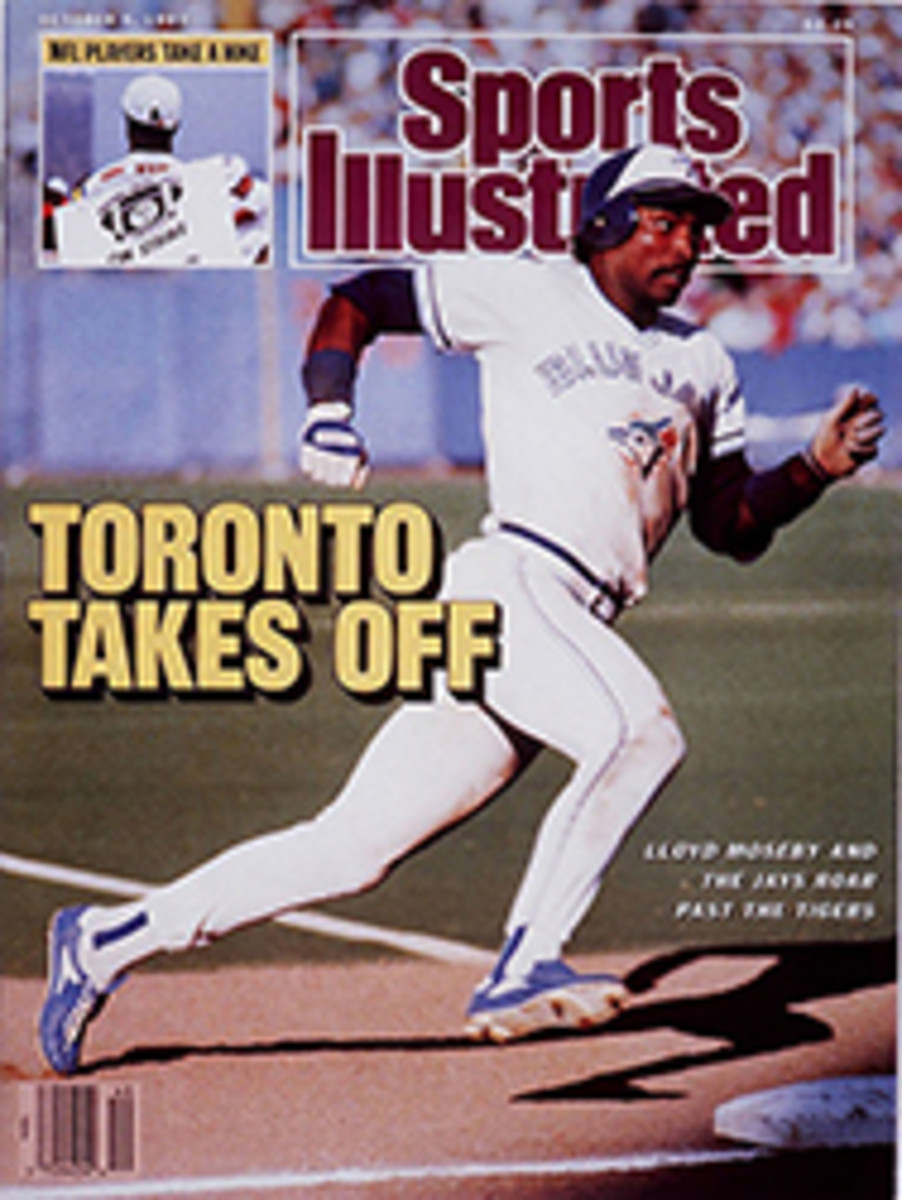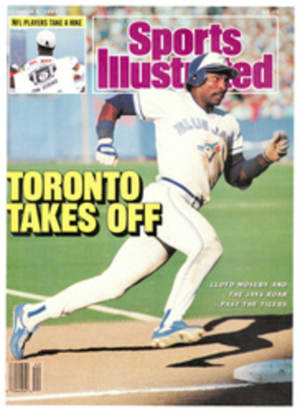
IT'S A DREAM COME TRUE
It was raining hard at Roberto Clemente Sports City in Carolina, Puerto Rico. The playing fields were ankle-deep in water, the camping sites reduced to swamps, the museum not yet open to the public. Chico Ruiz, a former major league infielder who is an instructor at the center, looked skyward. "We don't get help from Roberto up there," he said. "He must be very angry."
Ah, but Roberto must be very pleased. Fifteen years after the Pittsburgh Pirates' Hall of Fame outfielder died in a plane crash, his dream of a massive family-oriented sports and recreational facility in his hometown is finally being realized.
Consider the scene when the sun shines. Some 1,000 kids, 8 to 14, engage in summer-camp activities, including basketball, track, painting and ceramics. Another 300 youngsters who are handicapped participate in basketball and wheelchair racing. And ball games, watched by major league scouts, are being played on four diamonds. "Anytime you play here is a plus, because scouts know they can see eight teams at once," says Ruiz. The center's best-known sports product is Ramser Correa, the 16-year-old brother of Texas pitcher Edwin Correa. Ramser signed with the Milwaukee Brewers last May.
Sports City is a fitting tribute to Clemente, whose vision always extended beyond the proverbial white lines. He had hoped to gather kids from all classes and all sections of Puerto Rico and teach them values as well as skills. Annual awards for academic and athletic achievement, given in Clemente's name, are cherished. "He identified with the struggler and the family," says Luis Rodriguez-Mayoral, the center's director of international affairs and Clemente's former confidant and biographer. "He was never too tough to touch the head of a baby."
Unfortunately, Clemente's pleas for Sports City funding didn't touch Puerto Rican politicians. Only when his plane went down on Dec. 31, 1972, while he was delivering relief supplies to Nicaraguan earthquake victims, did support start pouring in. The government of Puerto Rico donated 233 acres of land. The Pirates announced plans to play two spring training games a year in Puerto Rico, with all the funds going to Sports City. A local television station donated free time for an annual 12-hour telethon. Between 1974 and 1984 the games raised close to a million dollars and the telethons, which began in 1981, another $3.7 million. But all that was built were the baseball diamonds, a locker room and a statue of Clemente. Close to $600,000 was literally buried, because that's how much it cost to turn the largely swampy acreage into usable land. The remaining funds were sunk into a nonprofit corporation charged with running the complex. Fortunately, Clemente's devoted widow, Vera, continued to give fund-raising speeches while bringing up three sons. "She is Sports City," says Domingo Morales, who heads up Friends of Roberto Clemente Sports City.
In 1984 former Labor Secretary Pedro Barez became Sports City's executive director, and things started to happen. Barez got an $81,000 government grant for a program benefiting the handicapped and a $126,000 grant to start a program for kids, age 10 to 14, at risk of dropping out of school. Banco Popular built a Little League field, and Chase Manhattan added a basketball court. Gillette donated funds for a children's playground, and the city of Carolina financed a Roberto Clemente Museum. The 1985 telethon raised almost half a million dollars for construction of a swimming pool. Within two years, four tennis courts, a park for the handicapped and a Little League stadium had sprung up. And last spring, baseball commissioner Peter Ueberroth used his influence to reinstate the exhibition series for at least six years.
Unfortunately, this year's two-game series between the Pirates and the Blue Jays was canceled when workmen were unable to clear the rainwater from San Juan's Hiram Bithorn Stadium. This misfortune only proved that in the midst of much progress, much more remains to be done. The main problem remains inadequate financing. Officials want to build a modern 50,000-seat stadium on Sports City grounds. And there's little public transportation to Sports City, much less money for all the projects Clemente envisioned. (A San Juan architect is standing by ready to create additional recreation areas, a public golf course and a theme park.)
"Private enterprise helps, but not in a systematic way," says Barez. "One year, yes, the next, no. The telethon is still our major source of income. We need consistent help from big companies."
But when Vera Clemente considers how far Sports City has come, she is more than satisfied. "Scouts are seeing kids play, and we are encouraging them academically and athletically," she says. "Roberto would be very happy."
PHOTO
SANDRA REUS
Vera Clemente and Barez are turning Sports City into a proper monument for Roberto.
Jim Kaplan's new book about the defensive side of baseball is called "Playing the Field."

